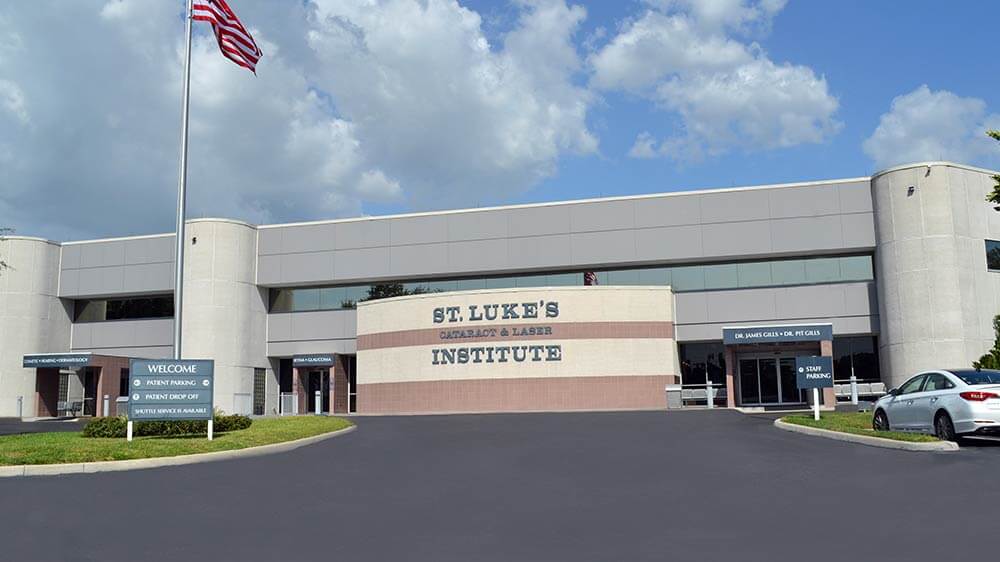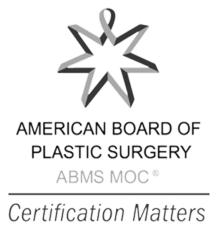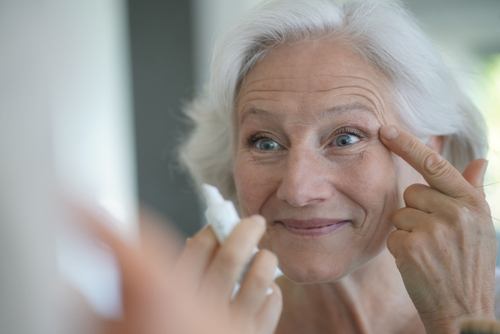
Do you have sagging or drooping eyelids? Do you wish you looked younger or more vibrant? If you answered Yes to either of these questions, you may be a good candidate for a surgical procedure called blepharoplasty. Blepharoplasty is an oculoplastic procedure that can reduce drooping or sagging of the upper and lower eyelids.
By improving your appearance, you can feel more like yourself again and love what you see in the mirror. Are you considering blepharoplasty? If so, keep reading to discover what to expect with blepharoplasty, how it works, and why the results make it worth it!
What is Blepharoplasty?

Blepharoplasty (also called eyelid surgery) can be considered a cosmetic or functional procedure (meaning it’s covered by insurance). It has many benefits beyond changing your appearance. When the upper eyelids sag, they can hang in front of your eyes and reduce your field of vision.
Blepharoplasty can restore your field of vision by tightening your eyelids and removing excess skin and fat that may obscure your sight. However, not everyone that gets blepharoplasty gets it because sagging eyelids interfere with their vision.
Many people choose to undergo eyelid surgery as a way of regaining their confidence. Sagging or hollows under your eyes can make you look older or more tired than you are.
Who is a Good Blepharoplasty Candidate?
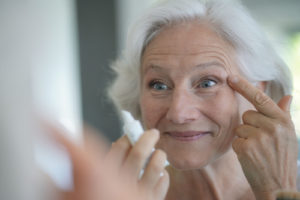
Although blepharoplasty has many benefits, not everyone qualifies as a good candidate for the procedure. To determine if you’ll be a good blepharoplasty candidate, you’ll need to schedule a consultation with Dr. Nicolas Villanustre at Reflections at St. Luke’s.
You may be a suitable candidate for blepharoplasty if the following applies:
- You’re in good health without any pre-existing conditions that may interfere with the healing process
- You have sagging or drooping lower eyelids, causing an increased amount of white from the eye to show
- You have upper eyelids that sag due to a buildup of fatty tissue beneath the skin
- You have bags under your lower lids
- Sagging or droopy upper eyelids affect your peripheral vision
- You have realistic expectations about what blepharoplasty can achieve
If you’re a candidate for the cosmetic procedure, blepharoplasty is an excellent way of improving your appearance and helping you to feel more confident.
Ptosis and Blepharoplasty
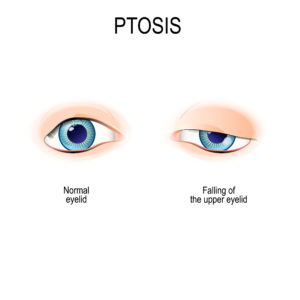
Because blepharoplasty is a cosmetic procedure, it mainly deals with improving the appearance of the upper and lower eyelids. The lids may sag or droop, usually as a result of aging.
But some people suffer from a medical condition called ptosis, which can affect anyone of any age. Ptosis occurs when there are weakened muscles in the eyelids. When these muscles struggle to keep your eyelids in place, they can end up drooping or sagging, making it far more challenging to use your entire field of vision to see.
While ptosis can affect anyone, it is far more common in older adults. This is because muscles all over your face and body tend to weaken as you get older, including those holding up your eyelids.
The best way to treat ptosis is a procedure called ptosis repair. Although similar to blepharoplasty, its primary goal is to tighten or shorten the eyelid muscle, allowing it to lift and open the eyelid.
Some patients with ptosis may benefit from a combination of ptosis repair and blepharoplasty. The combination helps rejuvenate the appearance by removing excess fat and tissue from the lids while tightening the eyelid muscle to allow the lid to lift and open properly.
What to Expect During Blepharoplasty
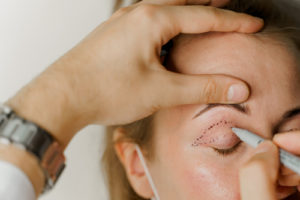
Blepharoplasty is usually performed as an outpatient procedure. You’ll go home after it’s complete to begin resting and recovering.
Undergoing blepharoplasty takes about 1-2 hours. You’ll receive intravenous sedation and a local anesthetic.
You can have both the upper and lower eyelids treated during blepharoplasty. If your upper eyelids are treated, Dr. Villanustre will make a small incision along the natural fold of the eyelid to reduce the appearance of scarring.
For the lower eyelid, Dr. Villanustre will make incisions inside your eyelid to hide them from sight. After creating these incisions, Dr. Villanustre will remove or reposition the tissue, including fat, skin, and muscle, from inside the eyelid. He will then close the incisions using an individual stitch.
Recovery after blepharoplasty can take several weeks. You’ll have your stitches removed after one week.
As you recover, it’s normal to experience bruising and swelling around your eyes. If you experience discomfort, you can alleviate it using pain medication.
Utilize ice packs to reduce swelling and to remain comfortable during the healing process. Dr. Villanustre will give you specific instructions and medications to take after blepharoplasty.
Make sure to follow these to ensure a timely recovery. Patients notice that the bottom eyelids often heal faster than the upper eyelids. However, after two weeks, you should start feeling more like yourself. Most discomfort after blepharoplasty only lasts a few days.
Long-Term Results of Blepharoplasty

After recovering from blepharoplasty, you’ll look more awake and refreshed thanks to your eyelids no longer sagging or drooping. However, blepharoplasty doesn’t prevent the side effects of aging, so your facial muscles may continue to weaken.
The good news is, if you have your lower eyelids treated, you shouldn’t need to worry about needing touchups. They’ll remain tightened and continue providing the desired effect.
Upper eyelid treatment with blepharoplasty lasts for many years for most patients. Blepharoplasty is a low-risk, long-lasting cosmetic treatment for patients who want to look and feel younger. Whether you suffer from bags under your eyes or sagging eyelids, blepharoplasty can help.
If you want to feel younger, be more energetic and be able to see fully again, it’s time to find out if you qualify for blepharoplasty. Schedule your consultation with Dr. Villanustre at Reflections at St. Luke’s in Clearwater, FL, or Tarpon Springs, FL today! Isn’t it time to love the skin you’re in again?


